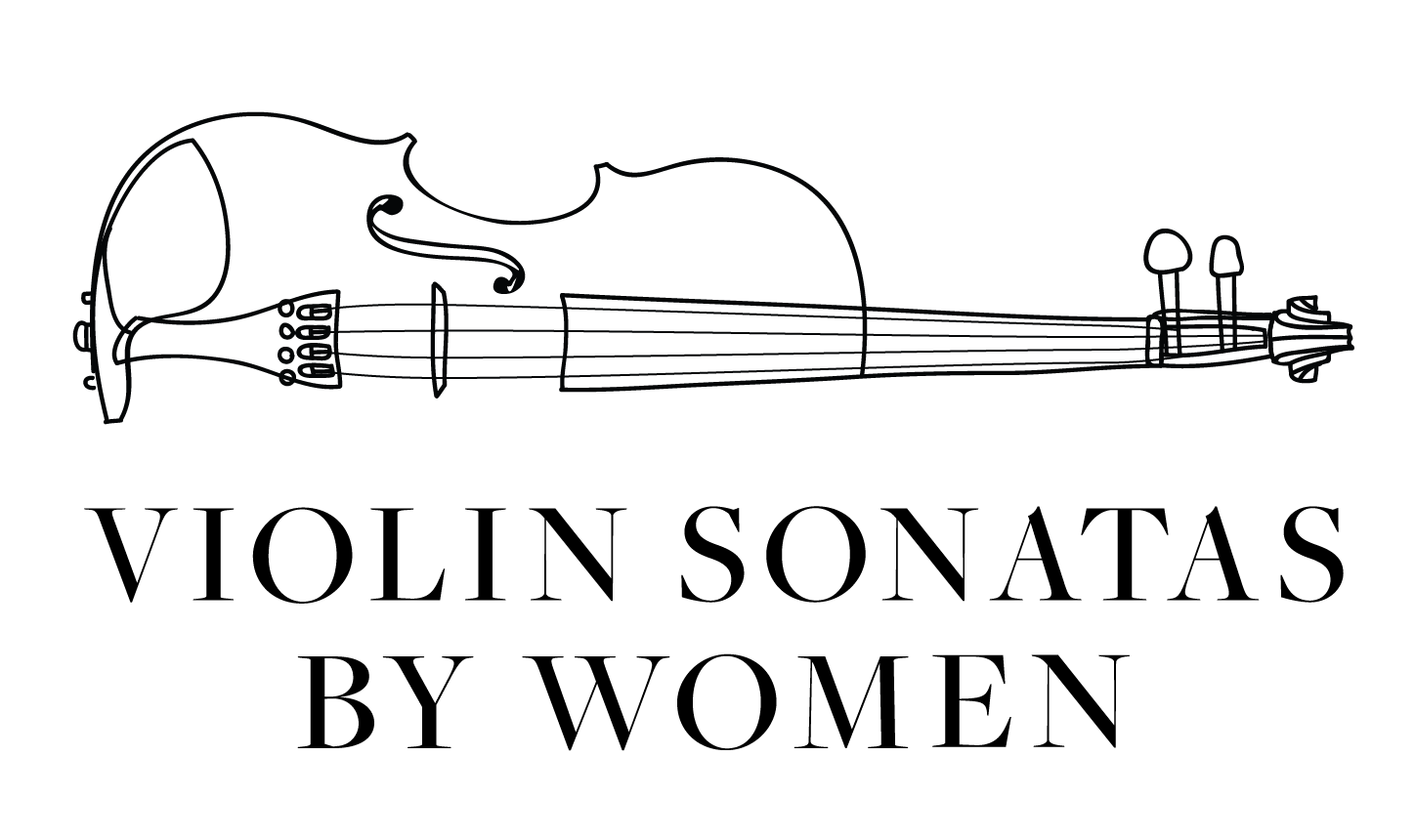Pauline Viardot
French Mezzo-Soprano and Composer
Born: 1821 (Paris, France)
Died: 1910 (Paris, France)
BIOGRAPHY
Pauline Viardot (born Michelle Ferdinande Pauline García) grew up in Paris. She studied voice with her father, Manuel, who was a well-known tenor and vocal teacher during Viardot’s formative years. After her father’s death in 1832, Viardot began piano studies with Franz Liszt. She soon became interested in pursuing an operatic career. Viardot gave her vocal debut at the age of sixteen, accompanied by her brother-in-law, Charles De Beriot.¹
Viardot was admired by her contemporaries and friends, such as Clara and Robert Schumann, Frédéric Chopin, Richard Wagner, and Johannes Brahms. They would often gather at house concerts to socialize and perform their works. Berlioz once said, “Viardot’s talent is so complete, so varied, she touches so many aspects of the art, she combines much spontaneity with much skill, that she produces at once astonishment and emotion.”
She married Italian Theater Director Louis Viardot in 1840. During that time, married women were seldom permitted to pursue work outside the home. Viardot, on the other hand, did not let societal pressure keep her from her craft. Viardot performed at many of the European opera houses during her career. She also sang with the Opera at Saint Petersburg for four years, performing works in many different languages.²
Viardot helped many composers begin their careers, such as Camille Saint-Saëns, Charles Gounoud, Jules Massenet and Gabriel Fauré. They would perform their works at her house concerts, helping establish them in the musical community. Viardot was the dedicatee for many of her colleagues’ compositions.³
Viardot composed vocal pieces, chamber music, and short piano pieces. She also transcribed some of Chopin’s mazurkas and arranged works by Schubert, Brahms and Haydn.⁴
After retiring from her singing career, the Viardot family moved to Baden-Baden, where she continued to teach and compose. Some of Viardot’s pupils had prosperous singing careers, including Désirée Artôt, Aglaja Orgeni, Marianne Brandt and Antoinette Sterling. Both of Viardot’s children became composers and performers later in their lives.⁵
Sonatina for Piano and Violin (1873)
SONATINA INFORMATION
Pauline Viardot wrote one sonatina for violin and piano. Dedicated to Hubert Leanord, Viardot’s son’s violin teacher, this piece was influenced by operatic idioms. It also has hints of Spanish influence, reflective of the composer’s Spanish roots.
Viardot was 52 years old when she composed her Violin Sonatina in A minor. The work includes three movements:
I. Adagio (~ 5 min)
II. Allegro (~2 min)
III. Allegro Finale (~4 min)
“Pauline Viardot’s compositions are now gaining deserved recognition. Her gracefully probing Violin Sonatina should really be a repertoire piece.” - Music Magazine, 2017
SCORES
1. Original Manuscript: No longer available
2. First Edition (1873): IMSLP and BnF
3. Second Edition (1993): Hildegard, SheetMusicPlus, Presser, and Theodore Front Musical Literature
RECORDINGS
1. Reto Kuppel and Wolfgang Manz: PrestoMusic, YouTube, Naxos, and Spotify
2. Kate Arndt and Katherine Miller: YouTube
Sources
Borchard, Beatrix. “Viardot [Née García], (Michelle Ferdinande) Pauline.” Oxford Music Online, January 20, 2001. https://doi.org/10.1093/gmo/9781561592630.article.29283.
Plaut, Linda B. “Sonatina for Violin and Piano by Pauline Viardot-Garcia.” Hildegard Publishing Company, 1993. https://www.hildegard.com/catalog.php?keyword=494-02592.
FitzLyon, April. The Price of Genius: A Life of Pauline Viardot. London: Calder Publications, 2011.
“Pauline Viardot-García - a Modern Reveal: Songs and Stories of Women Composers.” A Modern Reveal, 2022. https://www.amodernreveal.com/pauline-viardotgarcia#:~:text=As%20a%20composer%2C%20Viardot%20was,Gautier%2C%20M%C3%B6rike%2C%20and%20Goethe.
Borchard, “Viardot [Née García], (Michelle Ferdinande) Pauline.”

